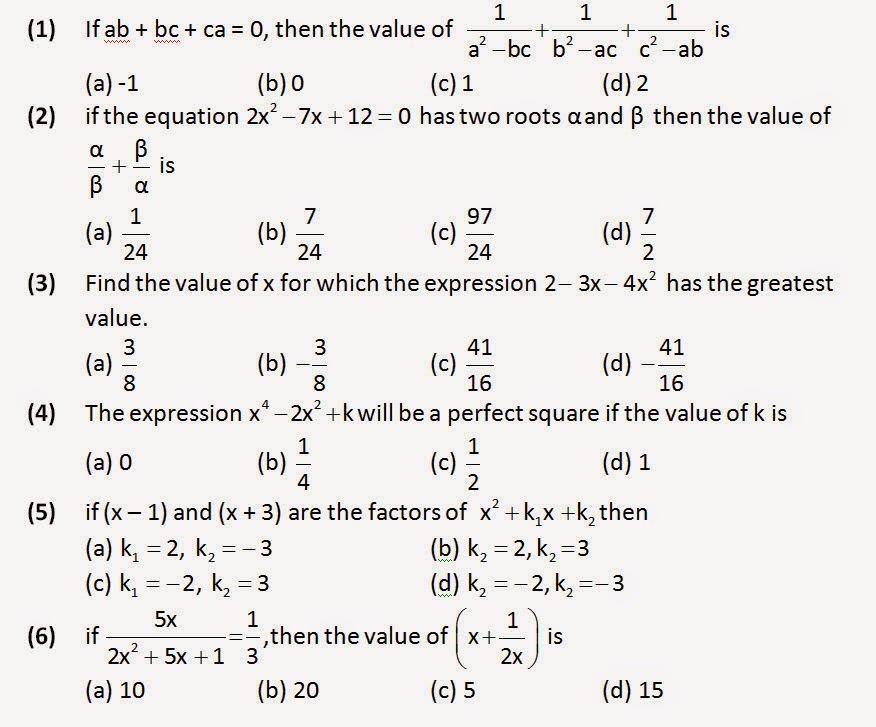Unlocking the Power of Algebraic Addition and Subtraction
Ever wondered how to decipher the language of mathematics? Algebra, at its heart, involves manipulating symbols and solving equations. This journey begins with understanding the fundamental operations of addition and subtraction within algebraic expressions. These seemingly simple concepts form the bedrock of more complex mathematical reasoning and open doors to a world of problem-solving possibilities.
Adding and subtracting in algebra isn't just about crunching numbers; it's about understanding relationships between quantities represented by letters and symbols. These symbols, known as variables, can represent unknown values, allowing us to formulate general rules and solve a wide range of problems. Think of variables as placeholders for numbers that we may or may not know yet.
The roots of algebraic thinking can be traced back centuries to ancient civilizations like Babylonia and Egypt. These early mathematicians developed methods for solving practical problems involving unknown quantities, laying the groundwork for the formal development of algebra. The importance of algebraic addition and subtraction lies in its ability to model real-world scenarios, whether it’s calculating distances, determining financial projections, or understanding scientific phenomena.
One of the central challenges in mastering algebraic addition and subtraction is understanding the concept of "like terms." Like terms are expressions that have the same variable raised to the same power. For example, 3x and 5x are like terms, but 3x and 3x² are not. We can only add or subtract like terms. This rule ensures we're comparing and combining quantities of the same type.
Let's clarify with an example. Imagine you have 2 apples and you add 3 more apples. You now have 5 apples. In algebra, we represent this as 2a + 3a = 5a. Here, 'a' represents the apples. Similarly, if you had 7x - 2x, you would end up with 5x. This principle of combining like terms is fundamental to simplifying algebraic expressions and solving equations.
Adding and subtracting algebraic expressions provides several key benefits. First, it helps us simplify complex problems, making them easier to manage. Second, it allows us to generalize mathematical relationships using variables. Third, it lays the foundation for more advanced algebraic concepts, such as solving equations and inequalities.
Let’s break down the process with a simple step-by-step guide. Identify the like terms in your expression. Combine the coefficients (the numbers in front of the variables) of the like terms. Write the simplified expression with the combined coefficients and the original variables. For example, simplify 4y + 2y - y. Identify the like terms (all terms containing 'y'). Combine the coefficients (4 + 2 - 1 = 5). The simplified expression is 5y.
Advantages and Disadvantages of Mastering Algebraic Addition and Subtraction
| Advantages | Disadvantages |
|---|---|
| Simplifies complex problems | Can be confusing initially with different variable types |
| Generalizes mathematical relationships | Requires careful attention to signs (positive and negative) |
| Foundation for advanced algebra | Mistaking unlike terms can lead to incorrect solutions |
Best Practice: Always double-check your signs when combining like terms. A common mistake is forgetting to distribute a negative sign.
Real Example: A store sells x shirts on Monday and 2x shirts on Tuesday. How many shirts were sold in total? Answer: x + 2x = 3x shirts.
Challenge: Simplifying expressions with multiple variables and parentheses. Solution: Use the distributive property to remove parentheses and then combine like terms.
FAQ: Can I add 2x and 3y? Answer: No, they are not like terms because they have different variables.
Tips and Tricks: Use color-coding to identify like terms when you are starting out. This visual aid can make the process easier.
In conclusion, mastering the art of algebraic addition and subtraction is paramount to building a strong foundation in mathematics. From simplifying expressions to modeling real-world scenarios, these core operations unlock a powerful toolkit for problem-solving. By understanding the basic principles of like terms, practicing regularly, and paying careful attention to detail, you can conquer these concepts and pave the way for exploring the broader and exciting world of algebra. The ability to manipulate variables, simplify expressions, and solve equations opens doors to numerous fields, from science and engineering to finance and technology. Embrace the challenge, and the rewards will be plentiful. Start practicing today and witness the transformative power of algebra!
Shoulder pads acid wash the 1980s fashion you cant escape
Unleash the power finding the perfect goku black rose wallpaper 1920x1080 hd 4
Navigating injury claims st paul personal injury attorneys can help

1st Grade Math Printable Worksheet | Innovate Stamford Now

Simple Algebra Questions And Answers | Innovate Stamford Now

What Is A One Step Equation | Innovate Stamford Now

1st Grade Math Printable Worksheet | Innovate Stamford Now

First Grade Addition Subtraction Worksheets Activities | Innovate Stamford Now

Free Math Worksheets by Math | Innovate Stamford Now

Fraction Rules Cheat Sheet | Innovate Stamford Now

One Step Addition And Subtraction Equations Worksheet | Innovate Stamford Now

Adding And Subtracting Equations Worksheet | Innovate Stamford Now

One Step Word Problems Addition and Subtraction | Innovate Stamford Now

One Step Addition And Subtraction Equations Worksheet | Innovate Stamford Now

Adding And Subtracting Equations Worksheet | Innovate Stamford Now

Addition And Subtraction Facts Worksheets | Innovate Stamford Now

Algebra Worksheets For Beginners | Innovate Stamford Now

85 x 11 in Small Laminated Math Table Charts | Innovate Stamford Now